I’m planning to upsize all my DWV pipes, but I got to thinking, how much sense does it make to upsize the toilet drain from 3″ to 4″? It would definitely make it tighter for the verticle runs, and I wondered how much it would help. I would think that any solids that would find it tough getting through a 3″ pipe, certainly would plug up the trap anyway.
Any thoughts would be appreciated. If there is a noticeable benefit, I’ll go with the 4″, but if the difference is negligible, I’d stick with the 3″ for easier runs.
I’m already planning to keep all fixtures separate until they connect with the main sewer linge in the basement.

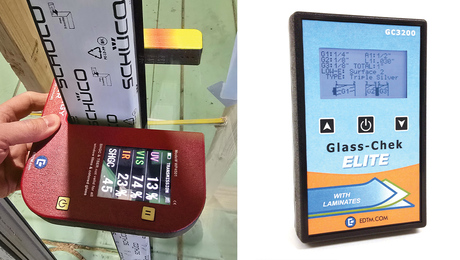
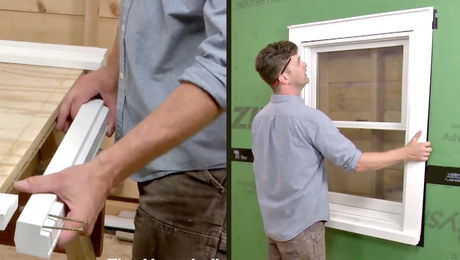
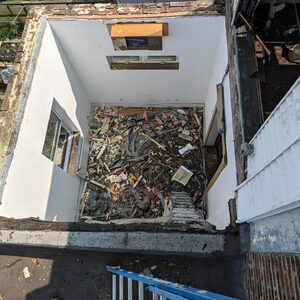
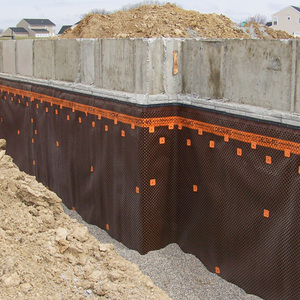

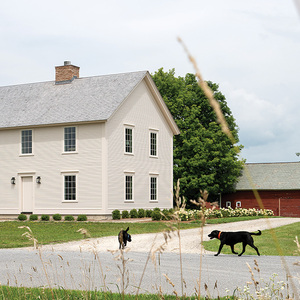













Replies
Actually the theory is in residential plumbing that 3" is better with water saver toilets as it keeps the solids on a larger puddle of water while flowing down the pipe. With 4" the water puddle is spread out so much and so thin on the sides the solids grab onto the pipe and slowly build a back up. Hope that makes sense.
Same with waiting till the main sewer to tie in all water sources. If you tie your lavatory sink and tub in earlier you have more water to wash out and clean the 3" from the stool.
Solids shouldn't be going through a trap as the toilet provides it's own trap and each fixture, lav, tub etc. should have its own. One item in our area that is ok now by code is downsizing the vent to 1 1/2" for the stool. Theoretically it is ok but I don't do it. We run a full 3" for the stools and 1 1/2" for other items. I use 2" for washing machine set ups. DanT
Solids shouldn't be going through a trap as the toilet provides it's own trap
That is the trap I was referring to. I didn't mean a trap below the floor. The trap inside the toilet certainly isn't bigger than 3".
As for the rest of your post, what you said does make sense.
Anyone else have an oppinion?
That trap in the toilet is pretty meaningful. When the 1.6 gal toilets first came out it always took two flushs and a plunger to get things moving. If your toilet does not have the trap glazed you are in for trouble. Make it a pressure flush toilet while you are at it---way better. Around Denver you HAVE to have 4" DWV. It depends also on what was run to the sewer. Clay pipe is crap. It gets real old having a roto rooter job every 4 months. So I have been trying the rooter guy's suggestion. 1/4 cup of copper sulfate every 3 weeks into the DWV pipe in the basement at bedtime. I have also found that boiling water (about 5 gallons) does wonders too.
Meanwhile, I cut out the plastic restricter in my toilet tank for better flushing. Note: If you have an early model 1.6 gal toilet be careful with that restricter. The bowl size was reduced and you could easily make it overflow. I would go with a minimum of 5" to 6" if I could. I would like to see a 1.6 gal set up with a 125' run of clear plastic pipe (say 4") and see what really happens when a big "No. 2" is flushed.
Don't forget that showers need bigger drain pipes than tubs (even with showers).
Later, Tyr
Tyr,
Where do you get the copper sulphate?
Both the Blue and Orange "boxes" carry this in the plumbing departments, but many drugstores have it or will order it for you.All I ever Needed to Know I learned in Kindergarten- Robt. Fulghum
Thank you.
There is some stuff available at the big box stores. I happened to see an "old fashioned" feed store. It was a lot cheaper there. I took in a container that amounted to a small drywall compound bucket--with lid. You can probably look up "feed store" or "chemicals" in the yellow pages. This place was painted to look like the old Purina checkerboard and carried oats, bales of feed, etc. Later I went through a small town (the first was in the middle of the Denver metro area!) and saw a farm and ranch store. I checked it out and it had copper sulfate and a whole lot more really good stuff. Like the cross links in tire chains so you can replace worn out or lost links. I spent so much time there my wife (waiting outside) thought I was lost.
As far as DWV that isn't tile I think the roots from just about anything will work their way toward water/nutrients. If the newer stuff wasn't bedded in packed pea gravel or something similar and the joints are poorly glued the roots will go in. Then it depends on the TP used and the layout of the waste pipe circuit. Water used to wash dishes should help scour things out, or the shower water or.........
I remodeled a basement bath and discovered that a clean out had never been installed when the house was built. To root out the drain pipe the toilet had to be removed. It would have be simple to put a clean out in the pipe decending from the main floor and hide it in a chase but.... Now about that boiling water. Figure the capacity of the inside diameter of the pipe (say 4") by 12" times the number of feet to the street. It takes a lot of water to actually "fill" that pipe to the top like a fire hose is filled. But the hot stuff discourages hairy root intrusion. Just keep those containers on the stove boiling. Pour it all into a metal 5 gallon can. Wear gloves. Use a Vise Grip squeezed tight to the lip on the can bottom and make a temp with a sheet of flashing.
Thanks, Tyr!
Dan, You really know your $hit!!
Really glad to have met ya!!
Mr. T. MOTOL
"I think natural selection must have greatly rewarded the ability to reassure oneself in a crisis with complete bull$hit."
I'm Swiss!
Has anyone ever gotten something stuck in a modern drain pipe? If you deburr the ABS, how could anything stick?* If the "solids" (there's a euphemism!) get left behind, the next flush will get it.
I ran 4" in my own house because I had the clearance in the floor joists, even with the preferrec 1/4" per foot, and TJIs are easy to drill. But I wouldn't fret over 3".
That would the determiner for me - if you have to use the minimum 1/8" per foot to use 4" pipe, forget it. Use 3" at 1/4" per foot slope.
*barring the flushing of tampons, condoms, stuffed animals, clothing, corded power tools, etc. Poop, pee, and toilet paper flush pretty easily.